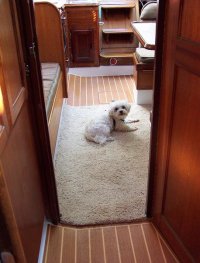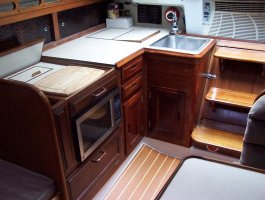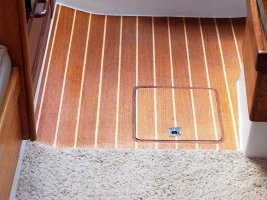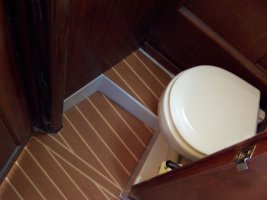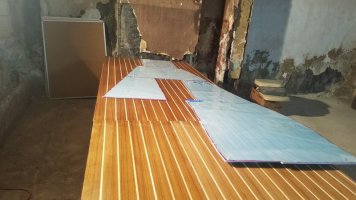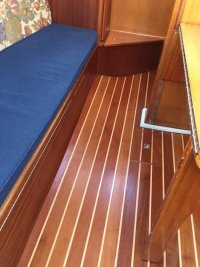JSM
Member III
Getting ready to install a new sole in my 87 34-2. Have sealed the panels with CPES and am now at the stage where I can begin slicing the sheets up into (10) usable pieces. I made patterns of the existing floor boards out of 4mill plastic film from an art supply store and marked where all of the holly lines are on each piece. After reading all of the posts here (3 times , at least) I was under the impression that two sheets were enough for my boat.
Seems that no matter how I lay the patterns out on the sheets I'm coming up short of wood.
In my research it seems that no one seemed to have issues with cutting and lining the pieces up. Is it easier to just cut one piece at a time and use it as a guide for the next piece starting at the bow and working toward the stern ?
I think my fear of butchering this expensive material is causing me to way overthink the operation.
Any tips or tricks from those with past experience would be greatly appreciated.
Thanks
John
Seems that no matter how I lay the patterns out on the sheets I'm coming up short of wood.
In my research it seems that no one seemed to have issues with cutting and lining the pieces up. Is it easier to just cut one piece at a time and use it as a guide for the next piece starting at the bow and working toward the stern ?
I think my fear of butchering this expensive material is causing me to way overthink the operation.
Any tips or tricks from those with past experience would be greatly appreciated.
Thanks
John

